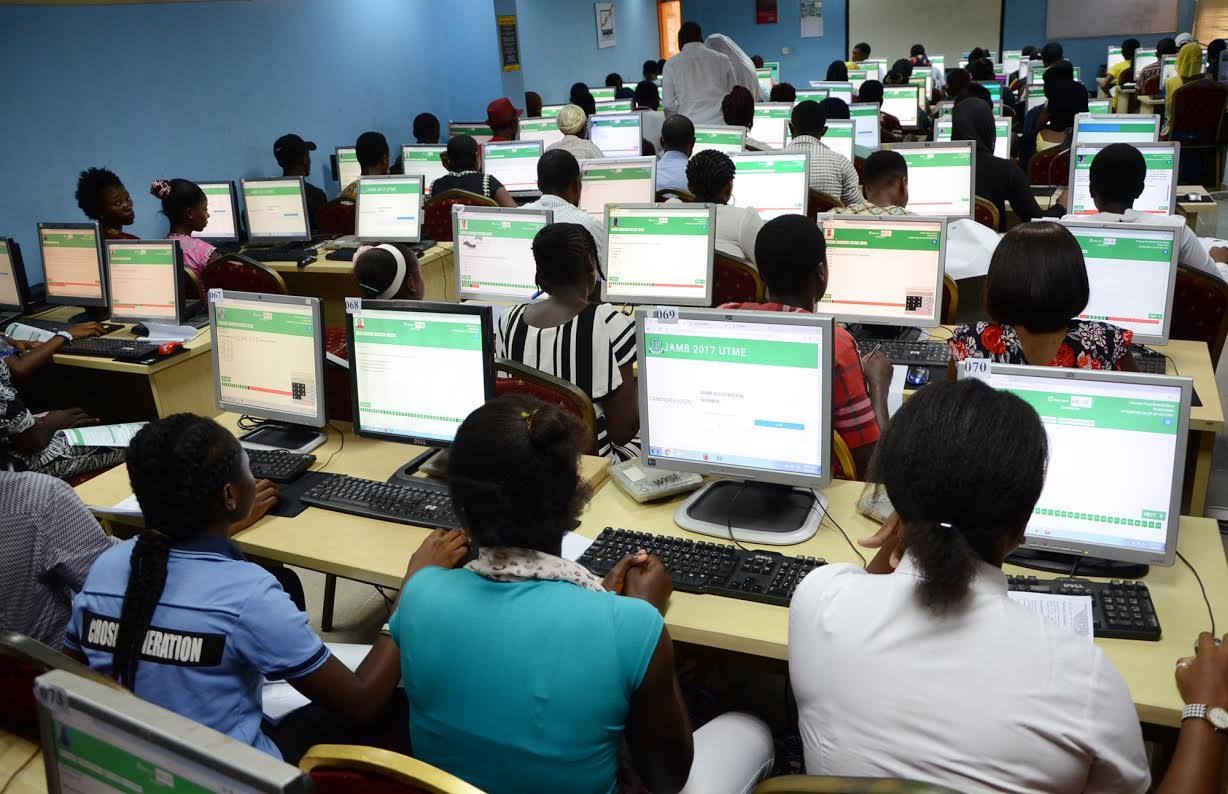WAEC Releases 2024 GCE Second Series Results – Check Your Score Now!
WAEC Releases 2024 GCE Second Series Results: The West African Examinations Council (WAEC) has officially released the results for the 2024 GCE (Second Series) for private candidates in Nigeria. Candidates who participated in the exam can now check their results online. Key Details About the 2024 WAEC GCE Second Series For the first time, WAEC … Read more












